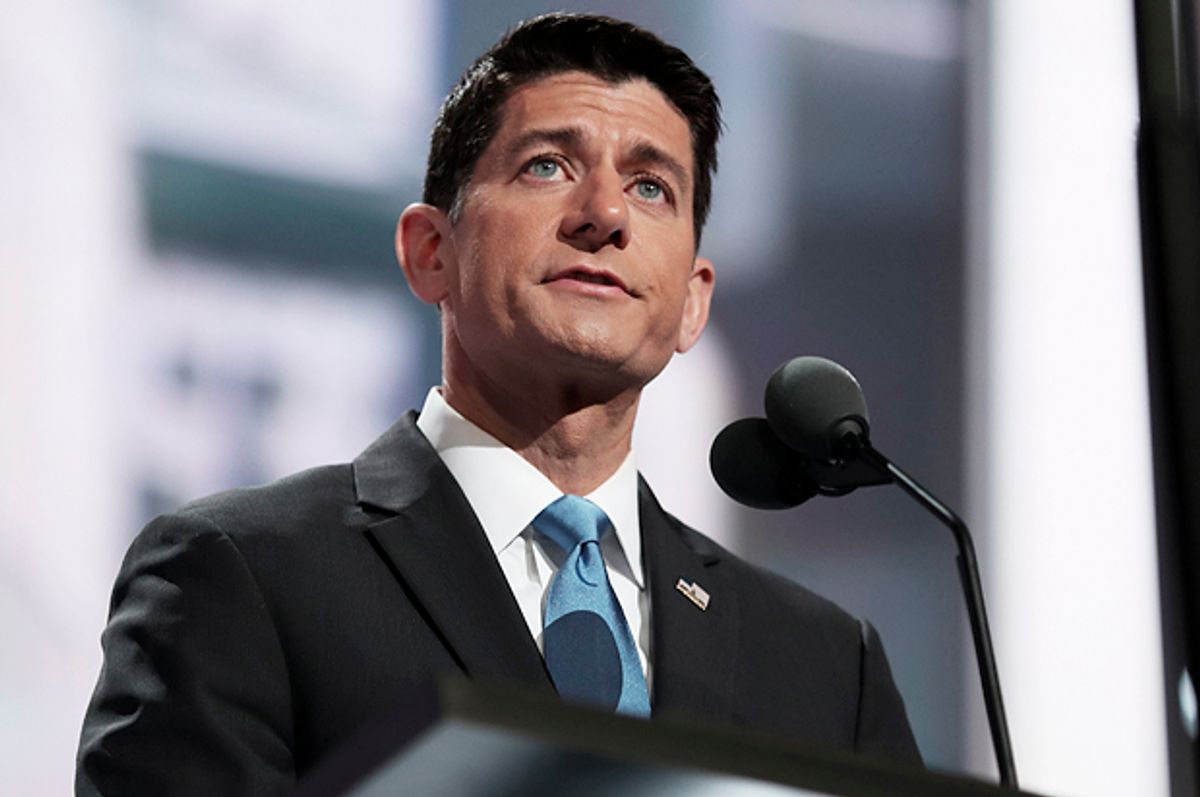On Tuesday morning The Washington Post ran a story about the now-annual fight to keep the government funded past the end of the current fiscal year on Sept. 30. The story led off by telling readers that Congress is returning from its seven-week summer vacation “with one major task to accomplish: Don’t shut down the government.”
How exciting. If there is one thing Congress is known for in this era of intense partisan polarization, it is its ability to accomplish major tasks.
At issue is the length of the continuing resolution, the funding bill that must be passed to keep the government open and running for the immediate future. Conservatives in Congress would like to pass a six-month bill, which would push the next funding fight off into March of 2017. That way, funding could be tied to a new omnibus spending bill, with priorities hashed out by a new Congress and new president.
Coincidentally – or not! – thanks to a budget deal worked out by former House Speaker John Boehner just before he left office a year ago, the next raise in the debt ceiling must be passed by mid-March. So conservatives are likely betting that they can use that as leverage with a new president to pass an omnibus bill that cuts spending.
As we have seen from past debt-ceiling showdowns, this strategy is a little like using sleep deprivation to force your toddler to clean his room. Sure, it will likely get done, but it’s also highly likely that you’ll have to endure a galactic tantrum by a psychotic 3-year-old first and might even have to agree to just about any deal to make it stop.
Democrats and some moderate Republicans, meanwhile, want a CR of only 10 weeks, which would go right up to their holiday recess in mid-December. For the Democrats, this makes sense if they are assuming that a) Hillary Clinton will win November’s election and b) there is a good chance the party will recapture the Senate majority, which will give it a bigger role in setting spending levels. A 10-week continuing resolution means another longer deal can be negotiated in December, perhaps one that covers the rest of the fiscal year, so the new president can focus on other legislative battles for her first seven or eight months in office.
Like in past budget fights, the prospect of being stuck in the Capitol through Christmas is usually enough to force a compromise. So if the Democrats prevail on a short-term continuing resolution now, expect another one in December that at least keeps the government running until the beginning of summer.
Compounding the urgency is that Congress is supposed to be in recess for most of October so its members can return to their districts for their re-election campaigns. So there will be no passing of really short continuing resolutions of a week or 10 days, the public will be assured, that will give the legislators a little extra time to come to an agreement on a longer-term bill, with said agreement always being right around the corner.
The upshot of all this is that right now legislators are threatening to let the government shut down after Sept. 30 if they do not get their way. Outgoing Senate Minority Leader Harry Reid told reporters last week that the Senate “is being run into the ground” and needs to change course to avoid a shutdown. That was a bit of a dig at the Republicans who claimed that their reclaiming both House and Senate majorities during the Obama administration was the only way to get the legislative branch working again through “regular order.”
Sen. Ted Cruz could always decide to re-enact his brilliant strategy from 2013 of forcing a shutdown, but his caucus is a lot less likely to tolerate him now than it was three years ago. The Senate being the Senate, it seems much more likely that some sort of deal will be reached so that Majority Leader Mitch McConnell can send his vulnerable members home to campaign.
The people to watch will be on the other side of the Capitol, where the House Freedom Caucus, that band of far-right representatives that drove Boehner out of office, is stridently opposed to making a deal with the Democrats. Which leaves House Speaker Paul Ryan with the choice of either working out a compromise to pass with Democratic votes or passing something with the support of only his caucus, which will likely be too austere to reconcile with whatever deal the Senate works out.
Presumably, Ryan would like to avoid an October full of news footage of veterans locked out of the World War II Memorial because his party refused to compromise on spending — especially one leading right up to an election. On the other hand, if he’s really worried about a coup that would remove him from the speaker’s chair, he might be unwilling to give in.
It is more likely than not that the GOP will decide, as it did three years ago, that a shutdown makes the party look worse and these legislators come to an agreement with the Democrats to avoid a repeat just before a presidential election. But that requires the party to ignore its angry base of voters, and it might require Ryan to take a stand against the right wing of his caucus. Given the continued limbo of the emergency funding to fight the Zika virus that Congress failed to pass earlier this summer, Ryan's showing some backbone with his caucus and flexibility with the minority party is not a sure bet.



Shares